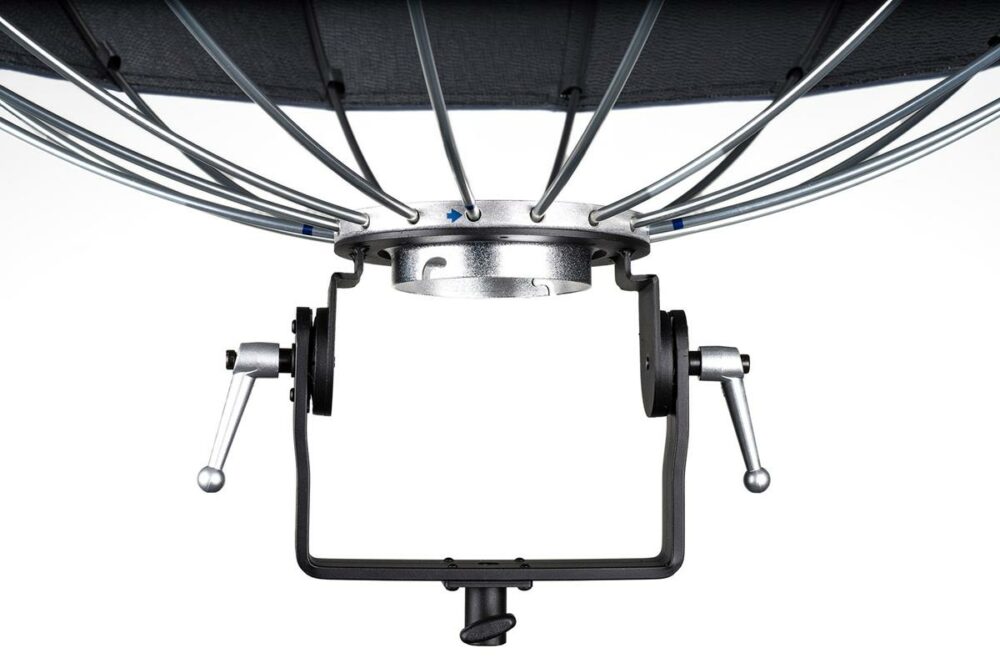The Litemotiv in action
The new range of Elinchrom softboxes, the Litemotiv 120 and 190, are now starting to ship out. This gave us an opportunity to ask Swiss photographer, Anoush Abrar, to let us have his feedback on his experience with these new light shappers.
As a heavy professional user, Anoush shared with us his impressions his thoughts on the new Litemotiv softboxes.
You recently had the chance to use the new Litemotiv 190: overall, what was your first impression?
*The first thing that struck me was just how rock solid this equipment was. I heard myself thinking how tough these boxes were! The Litemotiv take up very little room once folded but become enormous once you open them up! I mean, really enormous! It’s almost intimidating at the start and you start wondering how on earth you are going to put all that together… But in the end, once you’ve got to grips with the assembly logic and the different color coded pieces, it’s both quick and easy. It really becomes so simple to set up them up that you stop thinking about it, plus you can have a real go at it without worrying about breaking anything. It’s tough yet portable, the perfect compromise.
What can you tell us about the light from the Litemotiv?
For this shoot, we needed to light up a girl who was walking down a staircase, for a fairly wide-angled shot. That meant that we needed a lot of light and my default choice could have been the Rotalux Octa 175 cm. However, the problem is that it lights a wide area: it’s soft, but wide, too wide.
I really needed a soft light that I could precisely position. A stronger light, for instance a beauty dish, wouldn’t have worked either because I didn’t want to give too much of the impression of sunlight. So my dilemma was figuring out how to combine soft lighting with a clear sense of direction, and the Litemotiv allowed me to do exactly that.
“It’s like being in London when the sky is cloudy but somehow the sun shines through anyway”
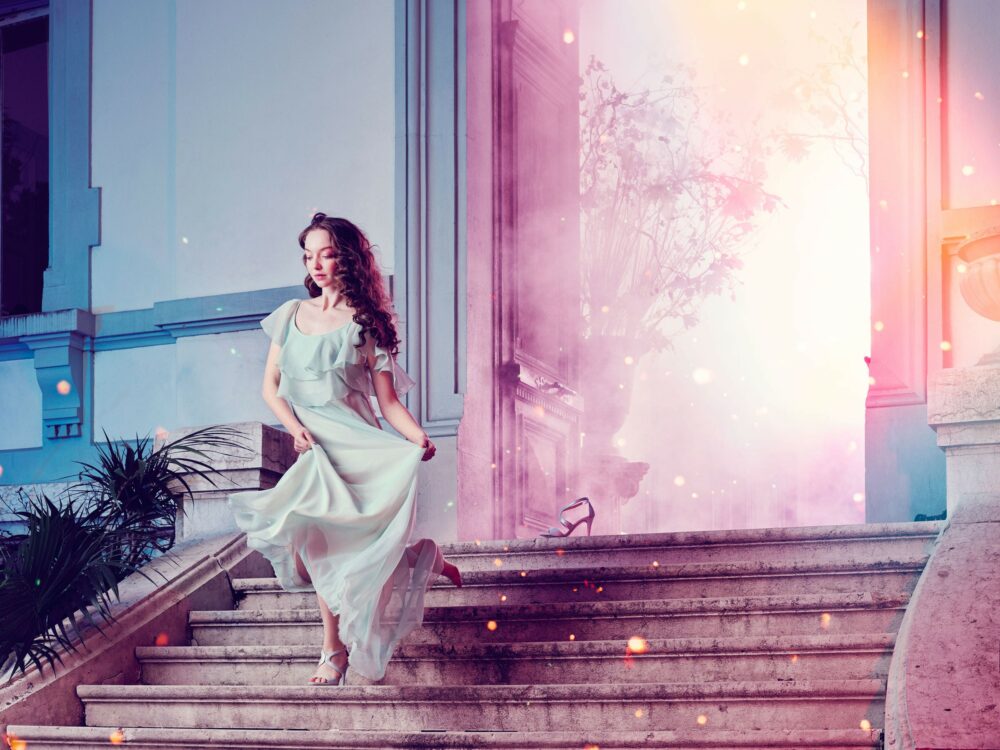
The advantage is that you can install it further away from the subject because of it size while retaining all its effectiveness. In fact, once you move it far enough back, most softboxes ressemble each another and any light source turns into “natural light”. The benefit here is that shadow projection with the Litemotiv is both soft and powerful. In addition, when you remove the diffuser on the front but keep the internal diffuser in place, you can extend the shadow length.
The atmosphere is truly unique, with a very distinctive light. How did you achieve that technically?
The idea was to shoot Cinderella with light in the style of Annie Lebovitz. The important point was that there needed to be a sense that the image was shot at night, and that we had to freeze the model in motion. To achieve this, we needed short flash durations withcombined super fast recycle time so that I could capture as many shots as possible during her walk down.
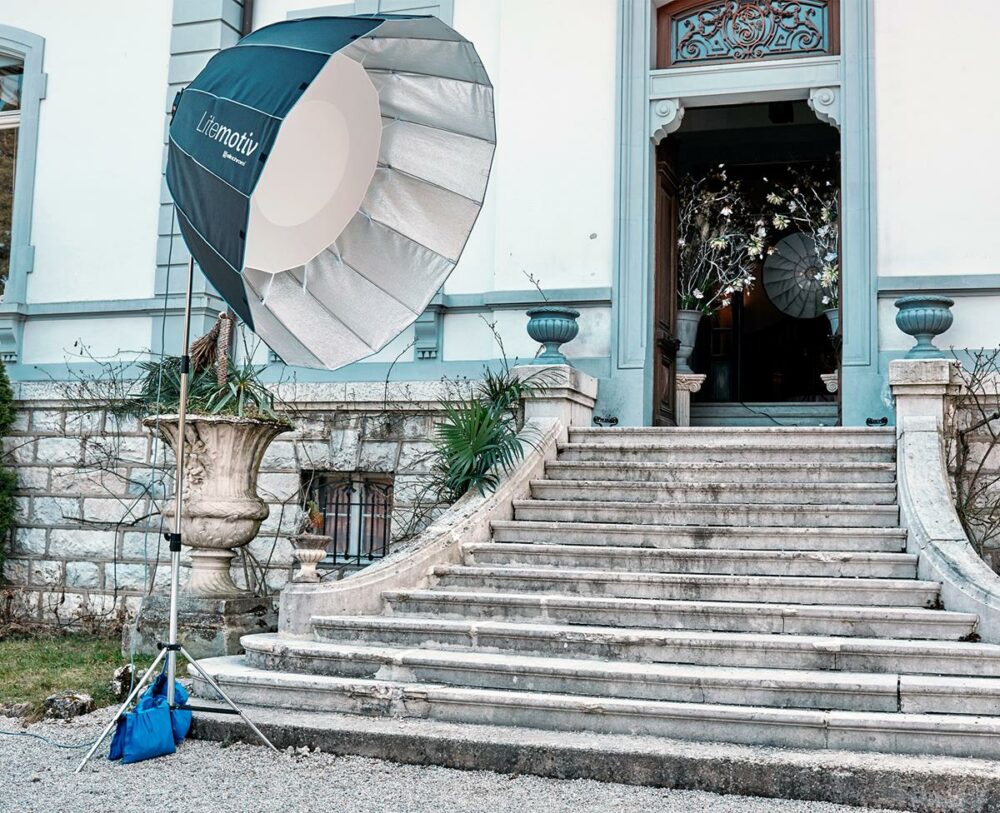
That’s why I used the ELC Pro HD, which is ideal in this kind of shooting environment. The recycle time is impressive, and its short flash duration meant that I could freeze the frame exactly how I wanted.
What’s the biggest difference between Litemotiv softboxes and Rotalux softboxes in terms of light use?
No doubt about it, the depth and the size. Having a light source this big is awesome, and it’s always vital to maintain the balance between soft and hard lighting. The way the Litemotiv shine is absolutely superb in that respect. It’s like being in London when the sky is cloudy but somehow the sun shines through anyway. For me, that’s the most beautiful kind of lighting of all; it’s powerful without being overwhelming.
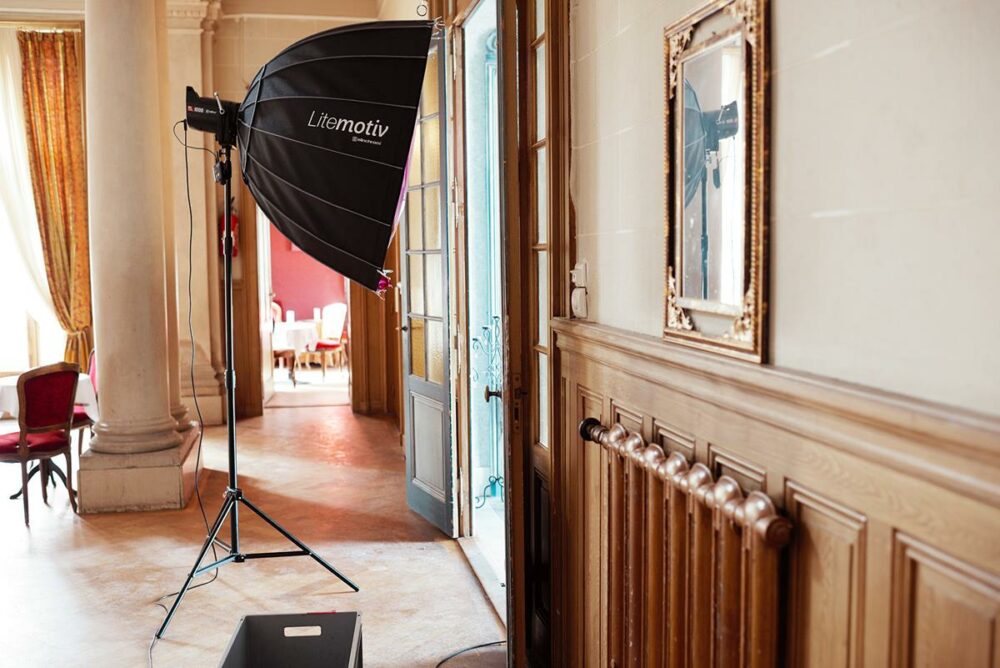
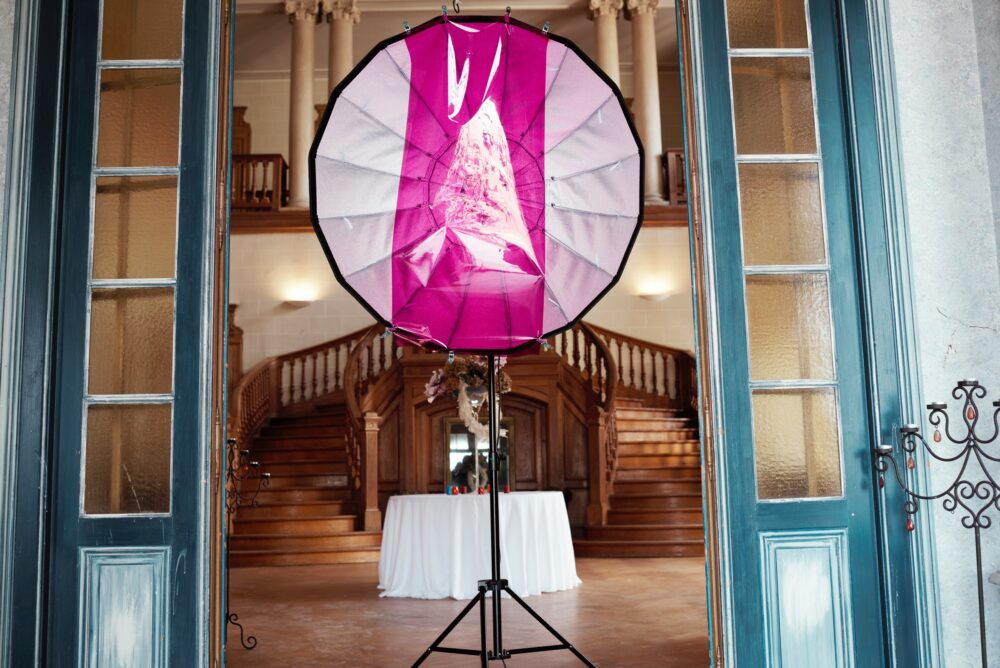
Surprisingly, there’s no need for a too powerful flash unit for the larger Litemotiv 190, because the light concentration and diffusion work so well. Another major difference is the bracket, which is quite simply stunning. I really do mean that, because the major weak point of all these large softboxes is the link between the tripod and the flash. That’s where you often notice their weaknesses, sometimes the unit progressively slides towards the base under its own weight. That’s not the case with Litemotiv. The center of gravity is so perfectly placed that it’s really easy to move it up or down, yet once it’s locked in place, it doesn’t move one inch. You get a real sense of solidity and effectiveness, while the color-coded fitting system is a silly little change that works perfectly.
As a photographer who does a lot of shooting in the fashion world, does the quality of fabric in a softbox matter?
Absolutely, when you set up this softbox, you feel the quality of the fabric immediately. In fact, it’s the first thing you notice. My first impression was that you’d have to leave the softbox in the studio once you’d put it together, but in fact that’s not the case at all: I can easily carry it to an external location without worrying about putting it back together, and that’s one of the details that I really appreciated. When it’s stored away, it barely takes any place, the fabric folds incredibly well and there are no creases when it’s unfolded. You could say that it always looks like it’s just been pressed. In terms of lighting power, you can sense that this fabric offers more output compared to the Rotalux fabric, which is further proof of the importance of the fabric.
Finally, what is your favourite thing about the Litemotiv?
It’s matter of personal preference for each photographer, but as far as I’m concerned, it’s a combination of favourites: The internal diffuser with the central circle to prevent hotspot which is detachable, the size for great illumination, the soft yet contrasty light and finally the super functionnal and robust bracket. I just love this light!
